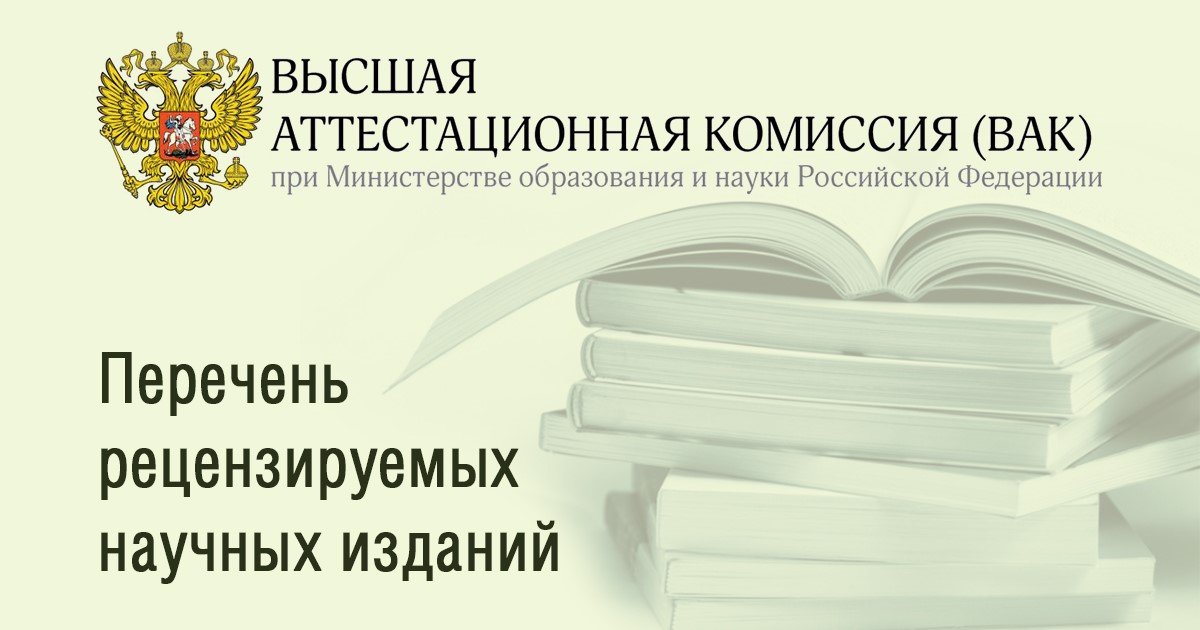ANALYSIS OF INNOVATIONS IN RUSSIAN ENTREPRENEURSHIP
Abstract
In the context of increasing competition in the global world, the negative effects of the COVID-19 pandemic, toughening economic sanctions, the role of innovation in the formation of competitive advantages of business entities, as well as regions and the Russian economy, is increasing. The purpose of this study is to analyze the innovations in Russian entrepreneurship, identifying the main trends and causes that constrain their development. Therefore, for the period of 2015-2019, large and medium-sized businesses have shown a steady negative dynamic of expenditures on innovative activities and the volume of innovative products. However, despite the negative impact of the COVID-19 pandemic, there were positive trends in the development of innovation in 2020. Compared to 2019, the volume of investment in innovation increased by 8.2% and amounted to 2.1 trillion rubles, which led to an increase in the volume of innovative products by 5.7% and its achievement to 5.2 trillion rubles. The level of innovation activity has also increased and amounted to 10.8%. While in terms of intensity of innovation expenditures Russia ranks among the Top-10 European countries, in terms of innovation performance it is significantly behind other countries of the world. Russia's stable position in the Global Innovation Index is due to the strengths of innovation activity – high level of generation of new knowledge and staffing of the economy. The weak side is low innovative activity of entrepreneurship. On the contrary, there is a positive tendency in development of innovations in small business: growth of expenses on development and implementation of innovations, volumes of innovative goods, level of innovative activity. However, on the level of these indicators, small business is far below large and medium business in the country. For example, the intensity of costs in small business is less than 1%, the share of innovative products in its total volume is only 2.4%. Almost 2/3 of innovations fall on the share of product innovations. More attention is paid to product innovation, less to updating business process methods and management improvement. The main reasons restraining the development of innovations in Russian entrepreneurship are lack of own funds, high cost of innovations, imperfect mechanisms of interaction of small businesses with large and medium-sized businesses, with the academic sector, as well as inefficient innovation management system. Formation of effective system of innovation management considering strengths and weaknesses of innovation activity in the country, conditions of competitive environment should be considered as an important factor of increasing innovative activity of small and medium business and development of their innovative potential.
Keywords
innovation, innovation activity, innovative activities, entrepreneurship, large, medium and small businesses
References
Komkov N.I., Kulakin G.K. Effect of innovative and technological activity of organizations on the volume of production of innovative goods and the growth of labor productivity // Studies on Russian Economic Development. 2020. Vol. 31(4). Pp. 376-384. (In Russ.). DOI: 10.1134/S1075700720040097
Darvish F. Innovatsionnaya deyatelʹnostʹ kak faktor povysheniya konkurentosposobnosti malogo biznesa [Innovative activities as a factor in inhancing the competitiveness of small business] // Belgorodskiy Ekonomicheskiy Vestnik [Belgorod Economic Bulletin]. 2021. Vol. 4(104). Pp. 25-29. (In Russ.).
Sovremennyye trendy innovatsionnogo razvitiya ekonomicheskikh sistem [Modern trends of innovation development of economic systems]: monograph / Yu.A. Doroshenko, I.V. Somina, M.V. Seroshtan [et al.]. Belgorod: Belgorod State Technological University named after V.G. Shukhov, 2021. 191 p. (In Russ.).
Komarov V.M. Osnovnyye polozheniya teorii innovatsiy [Main provisions of the theory of innovation]. Moscow: Publishing House “Delo” RANEPA, 2012. 190 p. (In Russ.).
Schumpeter J.A. Capitalism, Socialism and Democracy. New York: Harper, 1950. 431 p.
Oslo Manual 2018: Guidelines for Collecting, Reporting and Using Data on Innovation. 4th Edition. The Measurement of Scientific, Technological and Innovation Activities. OECD Publishing: Paris / Eurostat, Luxembourg, 2018. 258 p. DOI: ⦁ 10.1787/9789264304604-en
Drucker P. Innovation and Entrepreneurship: Practice and Principles. New York: Perennial Library, 1986. 253 p.
Seroshtan M.V., Usatova L.V., Kurbatov V.L. Gosudarstvennoye regulirovaniye i podderzhka predprinimatelʹskoy deyatelʹnosti: mekhanizmy i instrumenty [State regulation and support of entrepreneurial activity: mechanisms and tools]: monograph. Belgorod: Belgorod State Technological University named after V.G. Shukhov, 2019. 194 p. (In Russ.).
Aganbegyan A.G., Klepach, A.N., Porfiriev B.N. [et al.]. Post-pandemic recovery: the Russian economy and the transition to sustainable social and economic development // Studies on Russian Economic Development. 2020. Vol. 31(6). Pp. 599-605. DOI: 10.1134/S1075700720060027
Polbitsyn S. N. The role of entrepreneurship in the sustainable development of rural areas in Russia // Economy of Regions. 2021. Vol. 17(2). Pp. 619-631. (In Russ.). DOI: 10.17059/ekon.reg.2021-2-19
Strukturno-investitsionnaya politika v tselyakh obespecheniya ekonomicheskogo rosta v Rossii [Structural and investment policy to ensure economic growth in Russia]: monograph / D.R. Belousov, V.V. Ivanter, A.A. Blokhin [et al]. Moscow: LLC “Scientific consultant”, 2017. 196 p. (In Russ.).
Zemtsov S.P. Technological entrepreneurship as a development factor of Russia // Journal of the New Economic Association. 2022. Vol. 1(53). Pp. 212-223. (In Russ.). DOI: 10.31737/2221-2264-2022-53-1-11
Indicators of innovation activity: 2022: statistical collection / V.V. Vlasova, L.M. Gokhberg, G.A. Gracheva [et al.]. Moscow: NRU HSE, 2022. 292 p. (In Russ.).
Science. Technologies. Innovations: 2022: brief statistical collection / L.M. Gokhberg, K.A. Ditkovsky, M.N. Kotsemir [et al.]. Moscow: NRU HSE, 2022. 98 p. (In Russ.).
Federal State Statistics Service (2022). (In Russ.). URL: https://rosstat.gov.ru/ (accessed on 14.04.2022).
Doroshenko Yu.A., Starikova M.S., Ryapukhina V.N. Identification of industrial and innovative development models of regional economic systems // Economy of Regions. 2022. Vol. 18(1). Pp. 78-91. (In Russ.). DOI: 10.17059/ekon.reg.2022-1-6
Global Innovation Index – 2021 (2022). World Intellectual Property Organization. URL: https://www.wipo.int/global_innovation_index/en/2021/ (accessed on 15.04.2022).
About the Author
Fawaz Darwish – Graduate Student; Belgorod State Technological University named after V.G. Shukhov, Belgorod, Russia. E-mail: fawazdarwish37@gmail.com.
For citation
Darwish F. Analysis of Innovations in Russian Entrepreneurship // BENEFICIUM. 2022. Vol. 2(43). Pp. 24-33. (In Russ.). DOI: 10.34680/BENEFICIUM.2022.2(43).24-33









